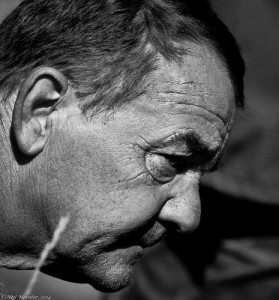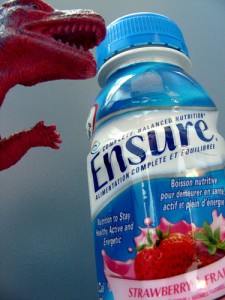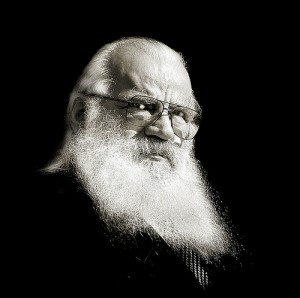When our elderly loved ones require care at a nursing home or assisted living facility, we need to balance the costs of a facility with the quality of care we know they’ll be receiving. It’s necessary to remember that nursing home abuse and neglect can occur at even the most high-end, expensive facilities, so it’s important to do our research. But what about older Americans who can’t afford to comparison shop?

If you have concerns about your elderly loved one’s safety and care in a nursing home or assisted living facility, it’s important to talk with an experienced San Diego nursing home abuse lawyer. At the Walton Law Firm, we have years of experience handling elder abuse claims in Southern California and can speak to you today.
 Southern California Nursing Home Abuse Lawyer Blog
Southern California Nursing Home Abuse Lawyer Blog




















